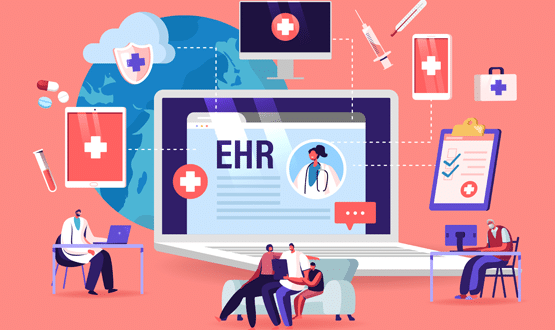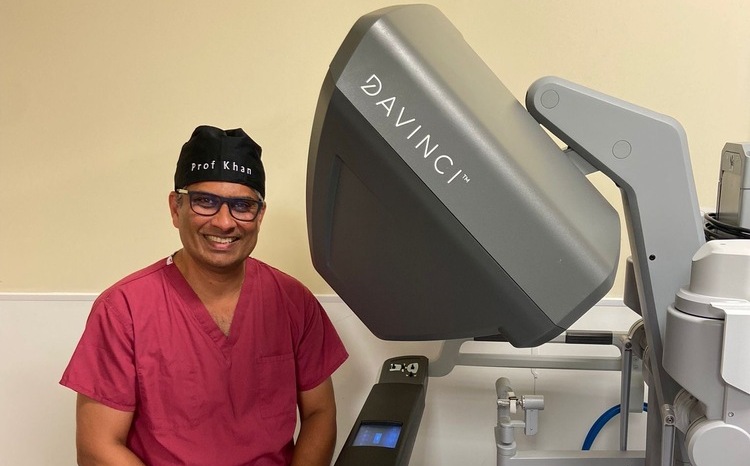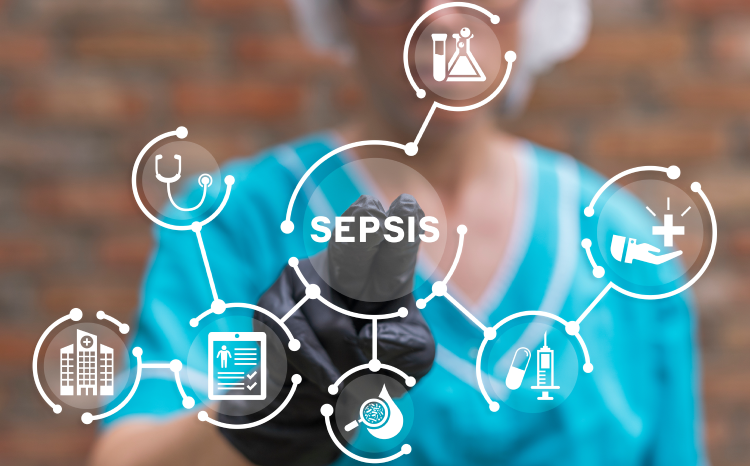The introduction of Electronic Patient Record (EPR) technology is a key part of the NHS’s digital transformation, helping to dramatically boost efficiency and improve the patient experience. As the NHS Long Term Plan calls for all trusts to move to digital records by 2023, the shift to EPRs is already well advanced.
As many hospitals make the shift to EPRs, some are exploring how they can be improved even further by adding more critical clinical information into the interface. One option is the integration of evidence-based Clinical Decision Support (CDS) technology into the EPR, which allows clinicians to access relevant and focused medical knowledge, specific to an individual patient at the point of care.
As one of the principal benefits of the EPR is a consistent and always updated view of a patient’s clinical information, the addition of relevant and instantly accessible clinical knowledge into the EPR adds an extra layer of usefulness for these essential clinical tools.
GOSH Epic integration
In the UK, some of the most advanced digital hospitals, such as Great Ormond Street NHS Trust (GOSH), are now integrating CDS into their EPR platforms. GOSH uses the Epic platform for its EPR, and recently integrated UpToDate, from Wolters Kluwer Health, into the software.
Using an HL7 interface – an international standard for sharing healthcare data between different providers – teams can access CDS content at the touch of a button within the EPR. The integration is all part of the GOSH digital strategy and one of the factors that helped it become the first UK hospital to achieve HIMSS Stage 7, the highest level of EPR adoption.
Commenting on the integration, Amy Leonard, head of education for digital learning at GOSH said: “The UpToDate EPR integration reinforces the vision behind GOSH’s digital strategy, which is to provide the best possible clinical outcomes to our patients by leveraging digital technologies.
“For me, even if it just gives one doctor or nurse the confidence to know they’re doing the right thing at an important decision-making moment, that’s a big bonus. Instant access to evidence-based knowledge, direct from the EPR, saves a huge amount of time and improves clinical outcomes.”
Inside the problem list
The GOSH configuration places the CDS access within the patient’s ‘problem list’ in the EPR. These are the illnesses, injuries, and other factors that affect the health of an individual and is the area where, most typically, a doctor will have questions that need a fast answer. In this way, the clinician can search for guidance on the clinical topic in question directly in the workflow for an individual patient.
Statistics from GOSH show that integrating CDS into the EPR has boosted its usage around the hospital. Average monthly hits on UpToDate have risen from 928 before its integration into Epic, to 1,159 after. And, according to Leonard, the addition of CDS is particularly popular with junior doctors, clinical nurse specialists and student nurses.
“As we’re a specialist Trust, we get a lot of doctors and nurses saying they like the reassurance they get from using CDS in the EPR,” she said.
“It doesn’t always change their decision-making, but it gives them more confidence they’re doing the right thing. And if they come across a condition they’ve never heard of, it has educational value, allowing them to read more into the topic and gain a well-rounded understanding.”
This educational value was one of the main reasons that adoption of UpToDate at Great Ormond Street was funded by the GOSH Learning Academy, which aims to use technology to boost multi-professional paediatric healthcare education, training, and development for the whole workforce.
Education and time-saving benefits
Other trusts which have recently integrated CDS into their EPR include Nottingham University Hospitals NHS Trust (NUH) and Liverpool University Hospitals NHS Foundation Trust (LUH).
NUH has integrated UpToDate into its Nerve Centre platform, while RLBUHT has built UpToDate into its Patient Electronic Note System (PENS). For NUH, the education value of having CDS in the EPR was an important factor behind the decision to integrate.
Jeremy Lewis, Chief Clinical Information officer at NUH, says doctors can gain Continuous Professional Development (CPD) points as they search topics using UpToDate in the EPR. As UpToDate has been approved by The Federation of Royal Colleges of Physicians, FRCP members can earn external CPD credits every time they broaden their clinical knowledge by consulting specific clinical questions within the CDS tool.
At LUH, Professor Mike Fisher, Chief Clinical Information Officer, says the integration of UpToDate into PENS was the best way to embed it into the daily workflow and thereby allow more staff to realise its benefits.
He said: “A lot of people were registered to use UpToDate and the CPD module, but we felt we could use it better. We had evidence that it was a benefit and improved quality, but we needed to embed it into the systems that we use all the time in the process of clinical care. So, we built a link into PENS and that was when UpToDate really became part of the workflow.”
After the transition, Fisher examined the month-by-month usage of UpToDate and discovered that usage increased by around 38% over the course of a full year.
Fisher said the decision to integrate UpToDate within PENS was part of a broader strategy to enable real-time digital information at the point of care, helping doctors make the right clinical decisions.
“Digital tools allow you to do this – as long as you make sure they are mobile, and you put them right where critical care is taking place,” he added.
Contact Wolters Kluwer:
Website: www.wolterskluwer.com
Twitter: @Wolters_Kluwer
Find out more about UpToDate:
Website: www.uptodate.com
Twitter: @UpToDate
LinkedIn: UpToDate







